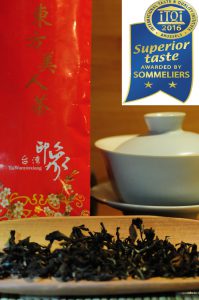
Formosa Beauty, the plantation is using natural fertilizer and no pesticide. It has been confirmed by the pesticide analysis report based on EU standards in Europe.
Q: Please do not wonder, that organic teas are sometimes cheaper than non-organic ones.
Concerning the first question about organic or non-organic, as I have tried to explain in the lesson that there are different standards for organic. In Europe, normally organic means Zero pesticide tolerance from the laboratory’s analysis based on the EU pesticide standards. But when you visit the growing sites in the world, sometimes you find they are using organic fertilizer and government approved pesticide and claim it as “green” or ” organic” products. Indeed there are different organizations issue organic certificate but are their standards same as the EU standards? Also the organic label costs a lot of money that is not all small growers can afford. Another thing we should establish a clear understanding is once the soil has been contaminated by over fertilized or pesticide then it will takes years of control and transformation.
In Europe we have very strict standards for organic definition, but we do have to understand and question why the pesticide list has grown from 500 to nearly 600 in the last two years and I will not surprise if the list continues to extend in the future. So, this is by laws, but what is the reality in the market? This is often very confusing even in the organic shops, not all products sold in the organic shop(s) are pesticide free organic.
The hand-picked and being processed well tea are always more expensive than machine-picked or lower quality tea. Why? It’s simple, because of limited of quantity. With this kind of quality tea we can’t evaluate it based on price but we need to learn to appreciate its value.
Q: Not for all teas organic is also a quality sign. Especially teas from China are reaching the best prices in conventional form.
Of course the lower grades of organic tea can be cheaper than hand-picked non-organic tea. So it does not make sense to compare price unless one puts the same quality grade in the comparison scale.
Can’t give yes or no answer to the 2nd question – not all organic tea is also a quality sign because the quality is more related to how the production processes are being managed; indeed organic tea has less sexy flavor from the dried leaf, but the taste will tell when one is able to listen
Q: Growers have the possibility to grow better and more special teas if they are not organic.
Indeed there are more teas are turning back to the traditional processes, flavor and taste. Tie Guan Yin and Dong Ding for example. Again as I have explained in the lesson that Chinese people before us must had tried various methods that they eventually identified the right production processes for a reason.
When they give up the old traditions and try to follow the ‘market fashion’, basically they respect more about $$$ but not on tea itself. Sometime ‘work efficiency’ and ‘cost down’ or ‘diversity marketing’ does not always mean advancing improvement.
Even in China there are many young people are so much related to the old traditions and they need to learn more about tea. The influence from the American fast food culture, media and fast changes are threatening the old traditions. Luckily there are many people start to realize this and try to preserve and promote the old.
As to the 3rd question, I would rather say growers have the possibility to grow better and produce more special tea if they learnt to respect and protect the natural balance and traditional wisdom and method in tea production
Q: For Darjeeling or herbs and fruit you can say organic is better than non-organic.
For me, the answer for this question is easy – agricultural products that grow in a natural harmony environment and not using pesticide are always better than pesticide. Not just for herbs or fruits but also tea, it does not matter where these are, Darjeeling or nont Darjeeling.


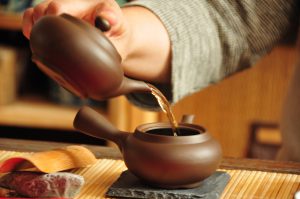
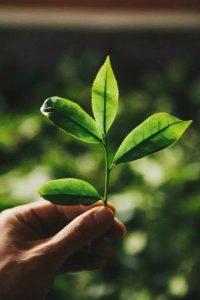 We come from different cultural environment
We come from different cultural environment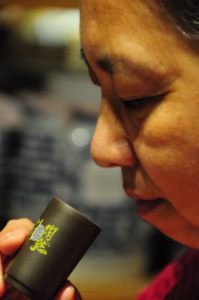

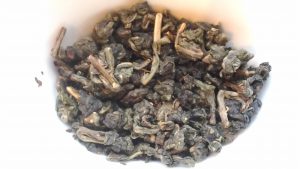 technique, tea farmer discovered the tea has a very unique flora flavor from orchid so named it as “Chi Lan”.
technique, tea farmer discovered the tea has a very unique flora flavor from orchid so named it as “Chi Lan”.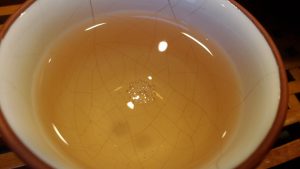



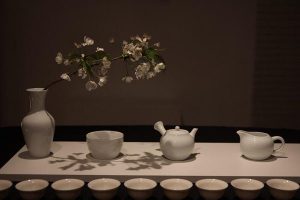
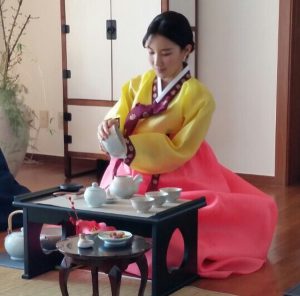
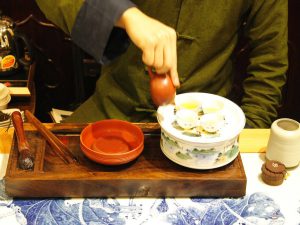
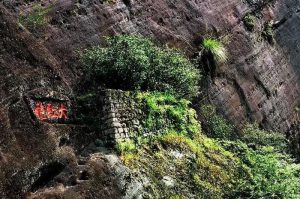 Today, YM asked for my thinking that someone she came across from Chinese social media claims her family owns 60,000km2 tea plantation as ‘family farm’ in Wuyi, Fujian and yearly tea production is about 5 ton. Is it true or false? Is this claim a little bit too exaggerate?
Today, YM asked for my thinking that someone she came across from Chinese social media claims her family owns 60,000km2 tea plantation as ‘family farm’ in Wuyi, Fujian and yearly tea production is about 5 ton. Is it true or false? Is this claim a little bit too exaggerate?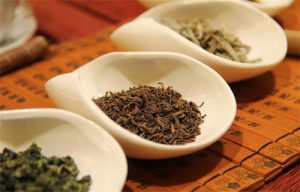 According to the suggestion from Mayo Foundation for Medical Education and Research (http://www.mayoclinic.org/), it is considered as “safe” for normal healthy adult to consume 400mg caffeine per day, that is roughly 4 cups of brewed coffee, 10 can of cola or 2 can of ‘energy’ drink. Excessive consumption of caffeine (>500mg to 600mg) can increase the risk of Insomnia, Nervousness, Restlessness, Irritability, Stomach upset, Fast heartbeat, Muscle tremors.
According to the suggestion from Mayo Foundation for Medical Education and Research (http://www.mayoclinic.org/), it is considered as “safe” for normal healthy adult to consume 400mg caffeine per day, that is roughly 4 cups of brewed coffee, 10 can of cola or 2 can of ‘energy’ drink. Excessive consumption of caffeine (>500mg to 600mg) can increase the risk of Insomnia, Nervousness, Restlessness, Irritability, Stomach upset, Fast heartbeat, Muscle tremors. The more leaves are broken, the more caffeine on the surface from tea leaves and more caffeine would be quickly dissolved in tea with the longer infusion time. According to the research on line, the caffeine in black tea tea bag is in the range of 45-55mg and 25-35mg in green tea tea bag. So this can be what you drink in tea brewed from tea bag. How about loose leaf tea?
The more leaves are broken, the more caffeine on the surface from tea leaves and more caffeine would be quickly dissolved in tea with the longer infusion time. According to the research on line, the caffeine in black tea tea bag is in the range of 45-55mg and 25-35mg in green tea tea bag. So this can be what you drink in tea brewed from tea bag. How about loose leaf tea?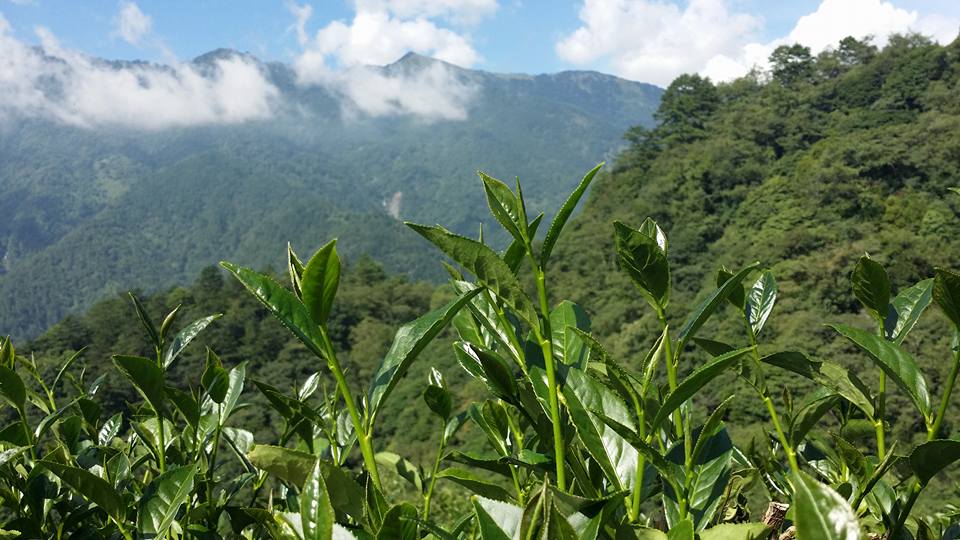
 People said the name of Taiwanese teas can be somewhat confusing because of variety, the overlapping of growing area and processing styles. Actually the confusion is not on the word of “Taiwanese” or “Chinese”, but it goes back how much know about tea. Qing Cha (Oolong) and Hong Cha (Black Tea) are special tea varieties from Taiwan.
People said the name of Taiwanese teas can be somewhat confusing because of variety, the overlapping of growing area and processing styles. Actually the confusion is not on the word of “Taiwanese” or “Chinese”, but it goes back how much know about tea. Qing Cha (Oolong) and Hong Cha (Black Tea) are special tea varieties from Taiwan. Taiwan is not very big but it sits right on the Tropic of Cancer and have lots of mountains on the island, so the micro-environment is very suitable for good quality tea. Tea plantation areas are widely spreading from North to South, West to East, not to mention there are many fine quality Gaoshan Oolong tea on different mountains in the Central Mountains region with the height from > 1000 meters to <2,500 meter; when you look at the map the Central Mountains region as if a dragon back bone on the island.
Taiwan is not very big but it sits right on the Tropic of Cancer and have lots of mountains on the island, so the micro-environment is very suitable for good quality tea. Tea plantation areas are widely spreading from North to South, West to East, not to mention there are many fine quality Gaoshan Oolong tea on different mountains in the Central Mountains region with the height from > 1000 meters to <2,500 meter; when you look at the map the Central Mountains region as if a dragon back bone on the island. ending tea with rose petals with a very irritating and pungent vanilla aroma. What might happen to my body if I drank it when the flavour is already so pungent and irritating?
ending tea with rose petals with a very irritating and pungent vanilla aroma. What might happen to my body if I drank it when the flavour is already so pungent and irritating?